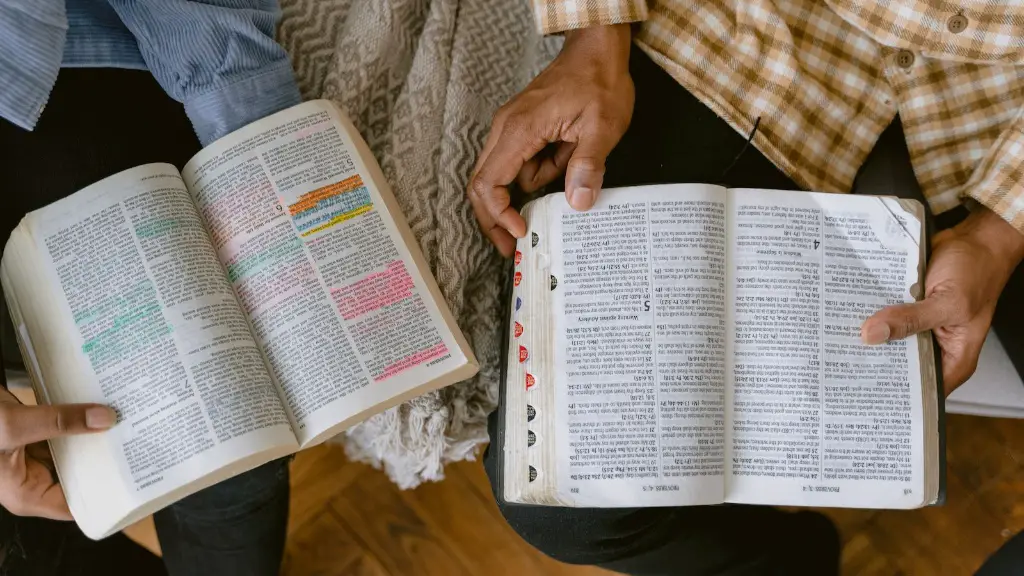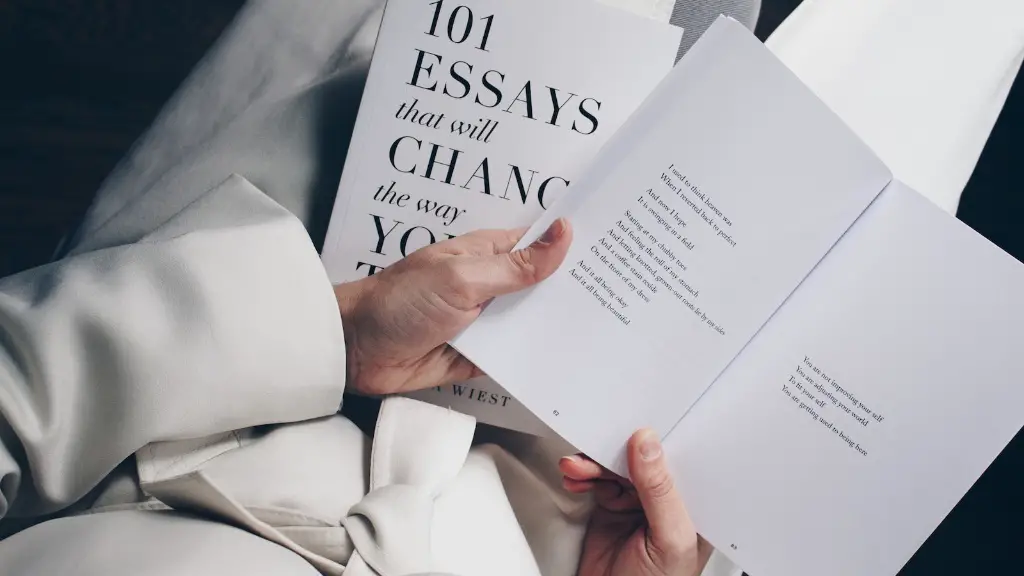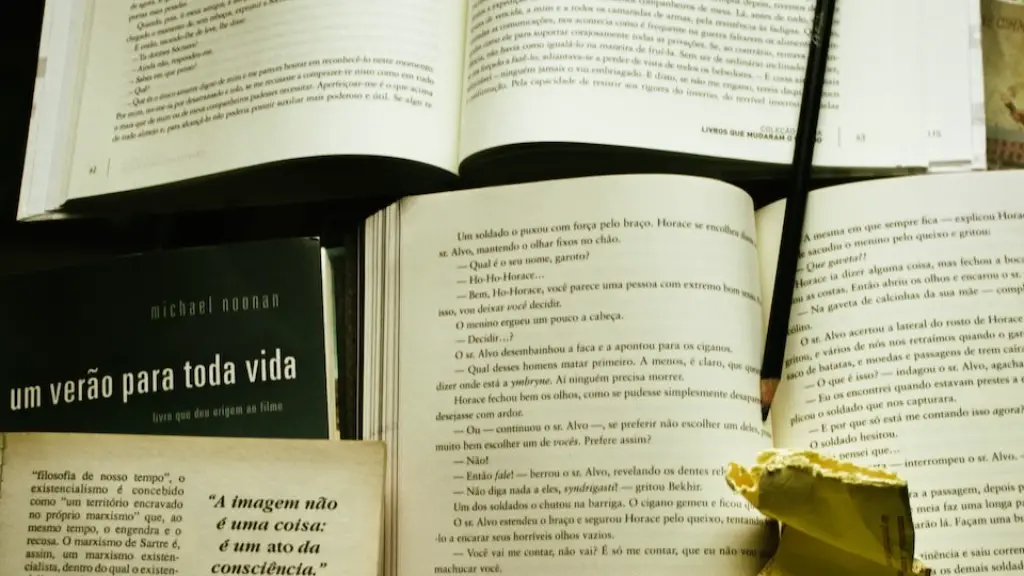Linguistic Features
Lyric poetry is known for its use of language to evoke an emotional response from the reader. Linguistic features of lyric poetry are often drawn from everyday speech, such as similes, metaphors, and alliteration. Similes are figure-of-speech comparisons between two distinct aspects, usually of a more abstract concept like feelings, which use the words ‘like’ or ‘as.’ For instance, a lyric poem may describe a sigh as ‘the gentle whisper of the wind.’ Metaphors are comparisons between two distinct aspects, which do not use the words ‘like’ or ‘as.’ For instance, a lyric poem might describe a sadness as ‘darkness in my soul.’ Alliteration is the repetition of the same letter or sound in two or more words that are close together in a sentence, such as ‘the sun shone softly’ or ‘the eagle soared with ease.’
Rhyme and Rhythm
Rhyme is a pattern of similarities between words, caused by sounds and their syllabic placement. Traditional poems often contain end-rhyme, which are rhyming words at the end of lines. For example:
‘The waves crash endlessly in the sea,
All their movements, so carefree.’
Rhythm refers to the arrangement of words into ‘feet’ or metric units. Traditional lyric poetry was written in iambic pentameter, which is a rhythm consisting of five stressed syllables and five unstressed syllables. For example:
‘The sun RISEs in the EAST at DAYbreak,
Illed with HAPpiness and SO much AWE.’
Themes
Lyric poetry often deals with themes about life, love, loss, death, and nature. Poets use these themes to explore deeper layers of emotion and help the reader to make meaning from their own experience. For example, a poem about love may be used to express the feelings of joy, insecurity, and longing. A poem about death may be used to express grief and mourning, or to celebrate the life of the deceased.
The Role of the Poet
The poet’s role in writing lyric poetry is to create an authentic and personal reflection of their own emotions and experiences. Poets use their own unique perspectives on the world to evoke an emotional response from their readers. They use the lyrical devices of language, rhyme, rhythm, and theme to craft their words. In this way, they translation the poets’ inner world of emotion to the reader, helping to express their own personal observations of life.
Traditional Forms
Traditional lyric poetry is often written in specific forms, called ‘fixed forms.’ These include the sonnet, villanelle, sestina, and free verse. The sonnet is a fourteen-line poem with a specific rhyme scheme and rhythm. The villanelle is a nineteen-line poem composed of three stanzas and a concluding couplet, with a specific rhyme scheme. The sestina is a poem consisting of six stanzas, each ending with one of six words, in a specific pattern. Free verse is written in a more informal style, without any specific rhyme scheme or rhythm.
Use in Popular Culture
In modern times, lyric poetry has been used in popular music. Many songwriters draw upon the same linguistic, rhythmic and thematic elements employed by lyricists in traditional poetry. This has helped to further spread the art form of lyric poetry beyond its traditional boundaries, and to make it resonate with a wider generation.
Analysis of Contemporary Lyrics
Contemporary popular lyrics often rely on the same devices as traditional lyric poetry, but often incorporate more complex themes and symbolism. For example, many lyrics explore themes of identity, politics and social justice in order to create powerful messages that resonate with their audience. Lyrics about love and loss often incorporate a deeper exploration of feelings like guilt, regret and sadness. Rhymes and rhythms are often employed to create powerful hooks and intricate rhythms that add more texture and depth to the lyrics.
Lyrical Imagery
Lyrical imagery is a powerful tool used by lyricists to create vivid mental images for their listeners. This can be achieved through the use of metaphors and similes to compare abstract emotions to tangible images. For example, a lyricist might describe love as an unquenchable flame or a heart soaring on wings of freedom. These images help to express the emotion in deeper and more meaningful ways.
Conclusion
Lyric poetry is a form of poetry that uses language, rhyme, rhythm, and theme to evoke an emotional response in the reader. Lyric poetry has found its way into popular culture, through the use of lyrics in popular music. This has helped to extend the reach of the art form to a new generation, who can relate to the emotional complexity of modern lyric poetry. By using linguistic features, rhythmic structures and powerful imagery, lyricists are able to create works of art that speak to the emotional experience of the modern world.


